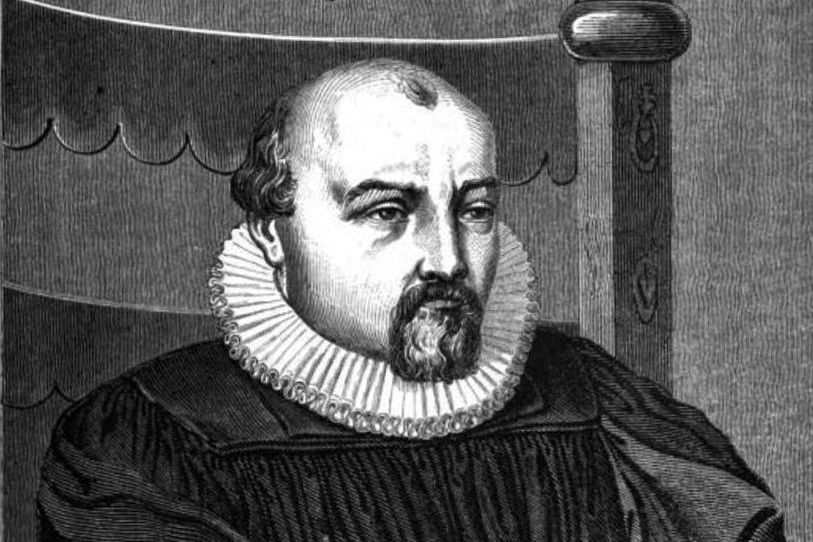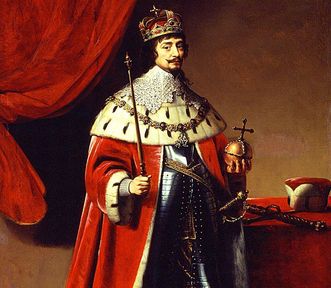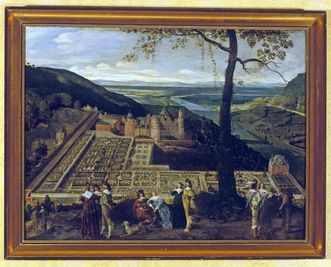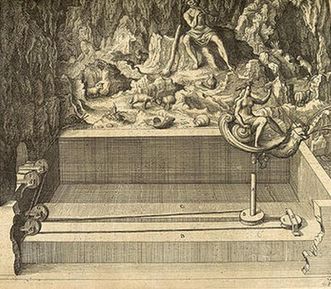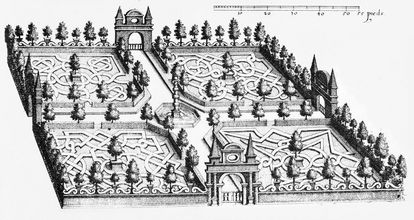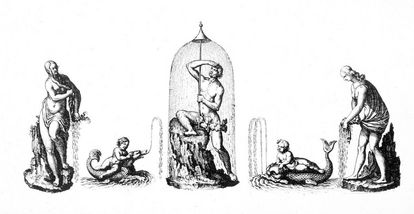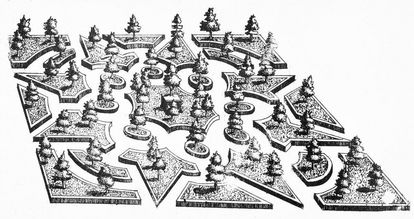Why did de Caus leave London?
In 1610, Salomon de Caus was commissioned by heir to the English throne, Henry Stuart, to improve the water supply in the royal gardens. However, Henry Stuart died young just two years later. Prince-Elector Friedrich V had married Henry's sister, Elizabeth, in 1613 and wanted to provide his sophisticated wife a suitable home. Thus, Salomon de Caus found a new, enthusiastic employer. In 1614, the prince-elector hired de Caus to create an elaborate garden in Heidelberg.



